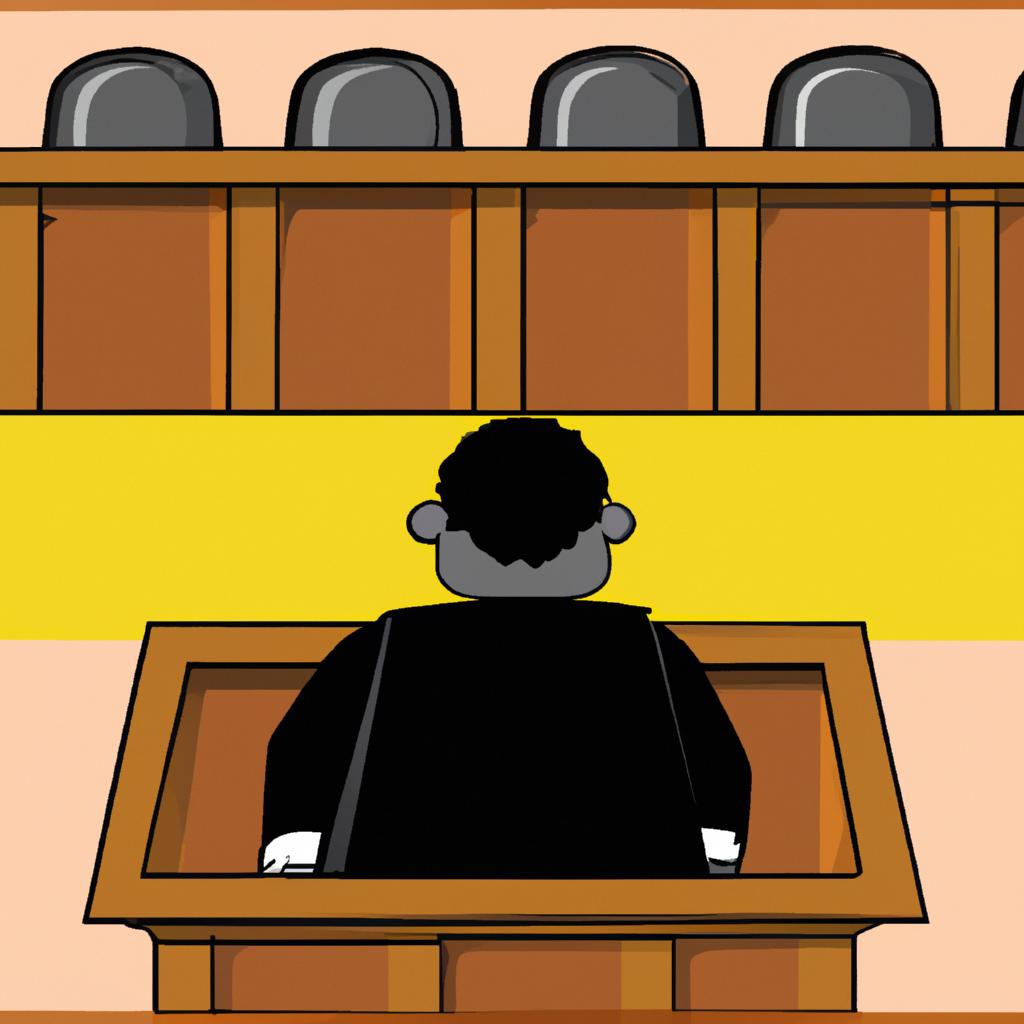Understanding the different types of criminal. and their behaviors is crucial in addressing criminal behavior. Explore the causes and criminal justice system’s role in this article.
Criminals are individuals who defy the law and engage in unlawful activities. Recognizing the various types of criminals, understanding their behaviors, and identifying the factors that contribute to their actions is crucial in addressing and preventing criminal conduct. In this article, we will delve into the different classifications of criminals, the causes behind their actions, and the significance of the criminal justice system in combating criminal behavior.
Unveiling the Different Types of Criminals

Image Source: TooLacks
White-collar criminals
White-collar criminals pursue nonviolent crimes for financial gain. These offenses usually take place within the corporate or business realm and involve acts like embezzlement, fraud, and tax evasion. Highly positioned individuals often perpetrate these crimes, utilizing their authority for personal financial growth and prestige.
Blue-collar criminals
On the other hand, blue-collar criminals engage in violent crimes, including robbery, assault, and murder. These offenses are frequently committed by individuals who come from low-income backgrounds and lack the opportunities to uplift their lives. Financial improvement or seeking retribution often motivates blue-collar criminals.
Organized crime members
Organized crime members operate as part of larger criminal organizations. These associations operate under a hierarchical structure and participate in various illegal activities such as drug trafficking, human trafficking, and extortion. Financial gain and the pursuit of power drive organized crime members.
Understanding each criminal type is imperative when addressing their behavior. By identifying the distinct motivations and actions of these criminals, law enforcement agencies can develop more effective strategies to prevent and combat criminal behavior.
Criminal behavior often occurs due to a complex interplay of biological, environmental, and psychological factors. Understanding the influence of these elements is crucial in formulating effective prevention and rehabilitation programs.
Shedding Light on the Contributing Factors

Image Source: TooLacks
Biological factors, encompassing genetics and brain chemistry, contribute significantly to criminal behavior. Research indicates that individuals exhibiting aggressive behavior often possess low levels of serotonin, a neurotransmitter responsible for mood and behavior regulation. Furthermore, certain genes have been linked to an increased predisposition towards criminal conduct.
Environmental factors, such as poverty, limited access to education, and exposure to violence, also play a significant role in the development of criminal behavior. Individuals growing up in impoverished conditions and lacking opportunities are more prone to engage in criminal activities. Exposure to violence, whether within the household or the community, further contributes to the emergence of criminal behavior.
By comprehending the environmental factors that influence criminal behavior, we can develop effective prevention programs. Through addressing the root causes underlying criminal conduct, we can diminish the likelihood of individuals resorting to illegal activities, creating safer communities.
Note: In the next section, we will explore the psychological factors that contribute to criminal behavior.
Causes Behind Criminal Behavior

Image Source: TooLacks
Psychological factors, including mental illness, personality disorders, and addiction, also have a substantial impact on criminal behavior. Individuals suffering from mental illness or personality disorders may struggle with impulse control and emotional regulation, paving the way for criminal actions. Substance addiction further contributes to criminal behavior, as individuals may resort to illegal activities to sustain their addiction.
Understanding the psychological factors that contribute to criminal behavior is crucial in designing effective rehabilitation programs. By addressing underlying mental health issues and addictions, we can reduce the likelihood of individuals engaging in criminal activities.
The Essential Role of the Criminal Justice System

Image Source: TooLacks
The criminal justice system plays a pivotal role in addressing criminal behavior. It comprises three key components: law enforcement agencies, court systems, and correctional facilities.
Law enforcement agencies
Law enforcement agencies, including police departments and federal bodies, are responsible for enforcing laws and investigating criminal activities. They play a critical role in preventing and addressing criminal behavior by identifying and apprehending criminals.
Court systems
Court systems hold the responsibility of determining guilt or innocence and administering justice. Judges, prosecutors, and defense attorneys ensure fair trials for individuals. The court system’s primary function is to hold individuals accountable for their actions and ensure justice prevails.
Correctional facilities
Correctional facilities, such as prisons and jails, house individuals convicted of crimes. They play a crucial role in rehabilitating individuals and facilitating their reintegration into society. Rehabilitation programs, encompassing education and job training, are frequently offered to help individuals address the underlying issues contributing to their criminal behavior.
In conclusion, understanding the diverse types of criminals, their behaviors, and the factors influencing criminal conduct is instrumental in preventing and addressing criminal activities. The criminal justice system ensures individuals are held accountable for their actions and justice is served. By addressing the root causes of criminal behavior and implementing effective prevention and rehabilitation programs, we can create safer communities and reduce the likelihood of individuals engaging in criminal activities.
Prevention and Rehabilitation
Prevention and rehabilitation programs are vital in combating criminal behavior. Prevention programs strive to reduce the chances of individuals engaging in criminal activities, while rehabilitation programs aid those who have already engaged in criminal behavior in reintegrating into society.
Prevention programs
Prevention programs focus on addressing the underlying causes of criminal behavior, such as poverty, lack of education, and exposure to violence. These initiatives aim to provide individuals with the necessary resources and opportunities to lead productive lives. Job training programs, educational initiatives, and community outreach programs are common examples of prevention programs.
Rehabilitation programs
Rehabilitation programs aim to support individuals who have engaged in criminal behavior in reintegrating into society. These programs often comprise job training, education initiatives, and counseling services. By equipping individuals with necessary skills and support, rehabilitation programs assist in preventing further criminal behavior.
Community involvement
Community involvement is paramount in addressing criminal behavior. By working collaboratively, community members can develop effective prevention and rehabilitation programs that tackle the root causes of criminal conduct. Supporting individuals who have engaged in criminal behavior with the necessary resources and guidance aids their successful reintegration into society.
Conclusion
Understanding criminal behavior is crucial in preventing and addressing criminal activities. By comprehending the diverse types of criminals, their behaviors, and the underlying factors driving their actions, we can develop more effective prevention and rehabilitation programs. Prevention programs decrease the likelihood of individuals engaging in criminal conduct, while rehabilitation programs facilitate the reintegration of those who have committed crimes. Community involvement is indispensable, as collective efforts in developing prevention and rehabilitation programs address the root causes of criminal behavior. As a society, we must collaborate to tackle criminal behavior and provide individuals with the resources and support they need to lead productive lives. TooLacks encourages its readers to actively engage in their communities and support the development of effective prevention and rehabilitation programs.



